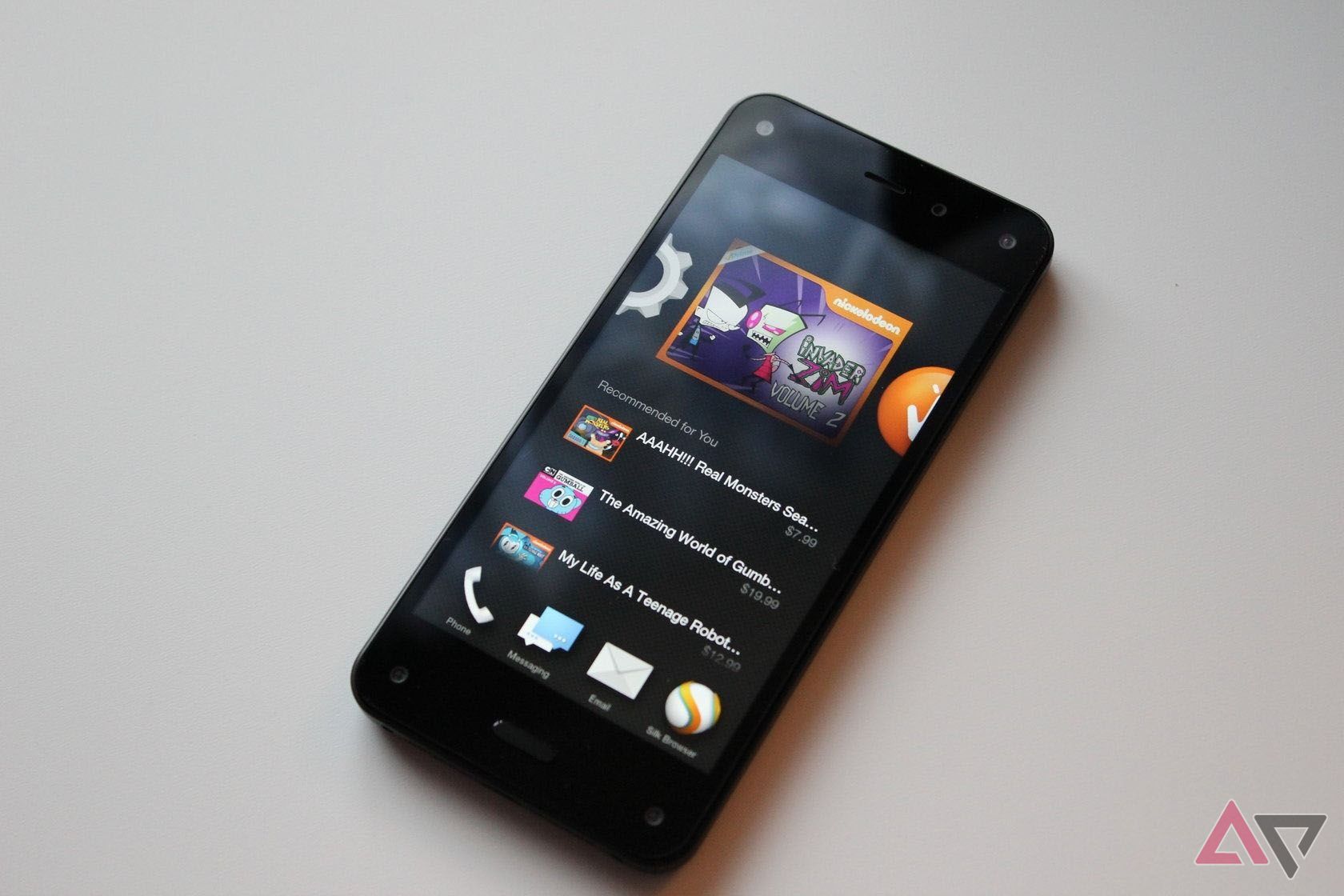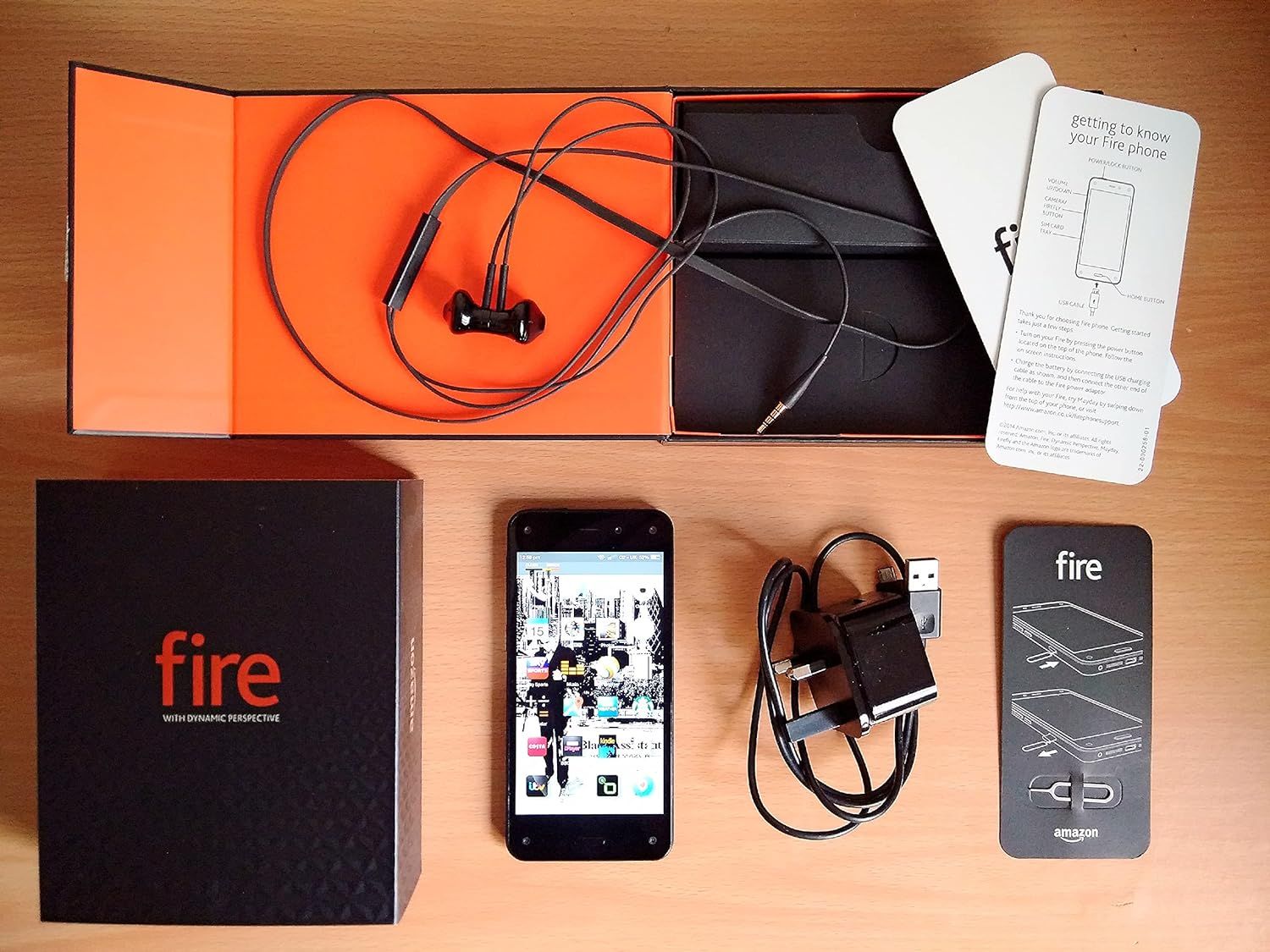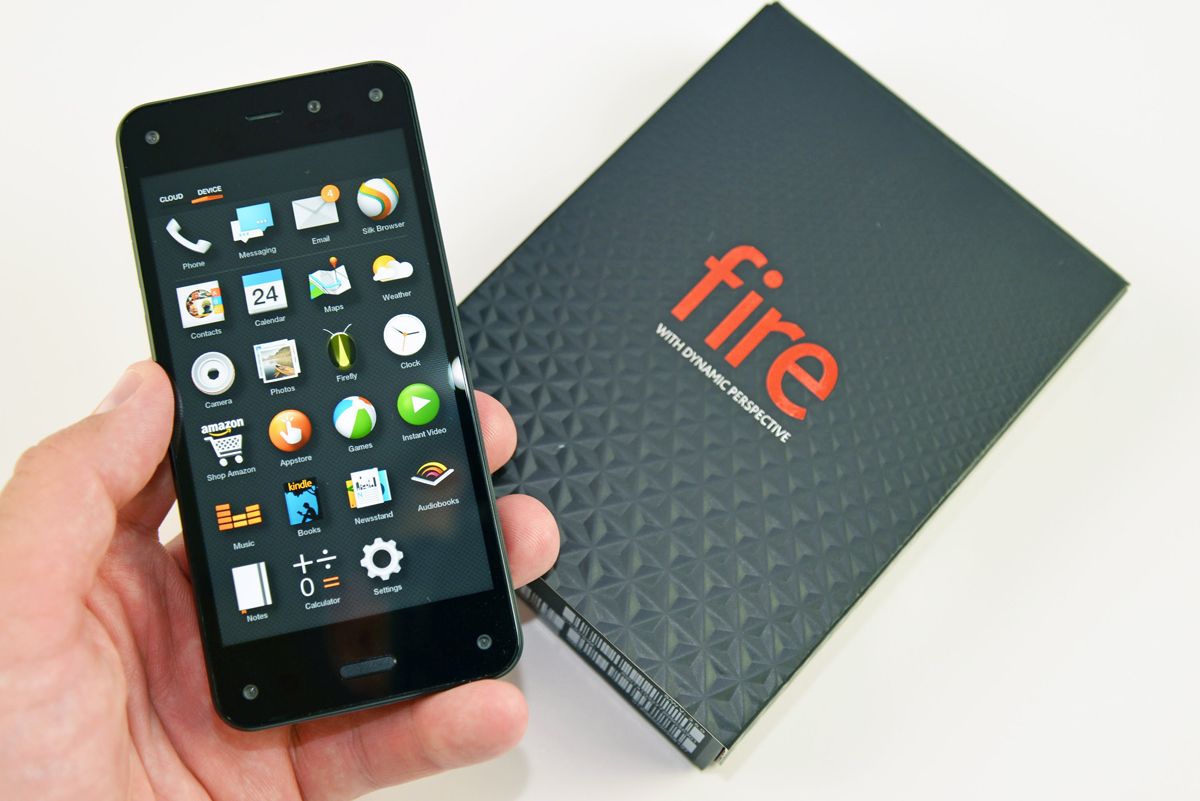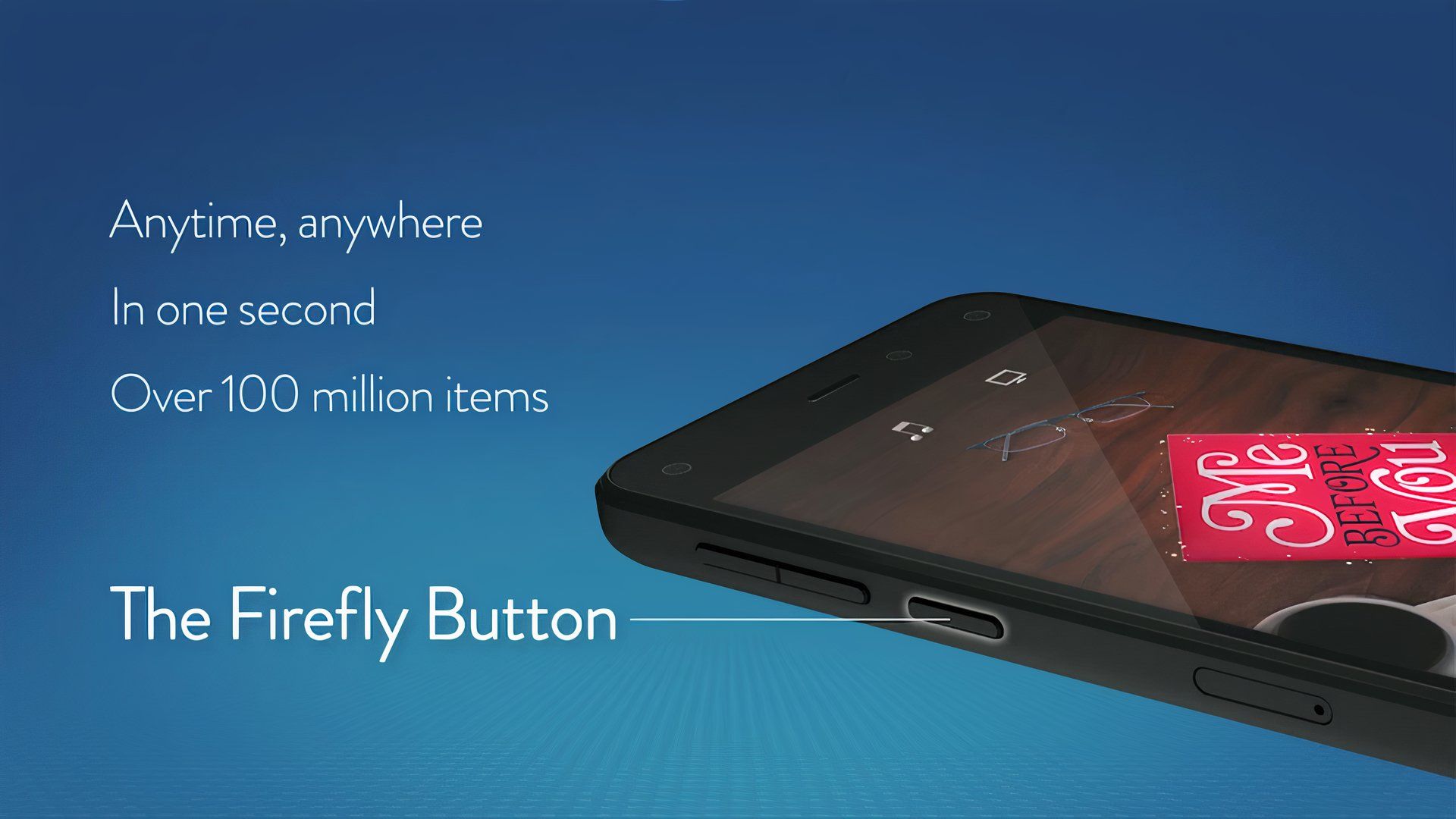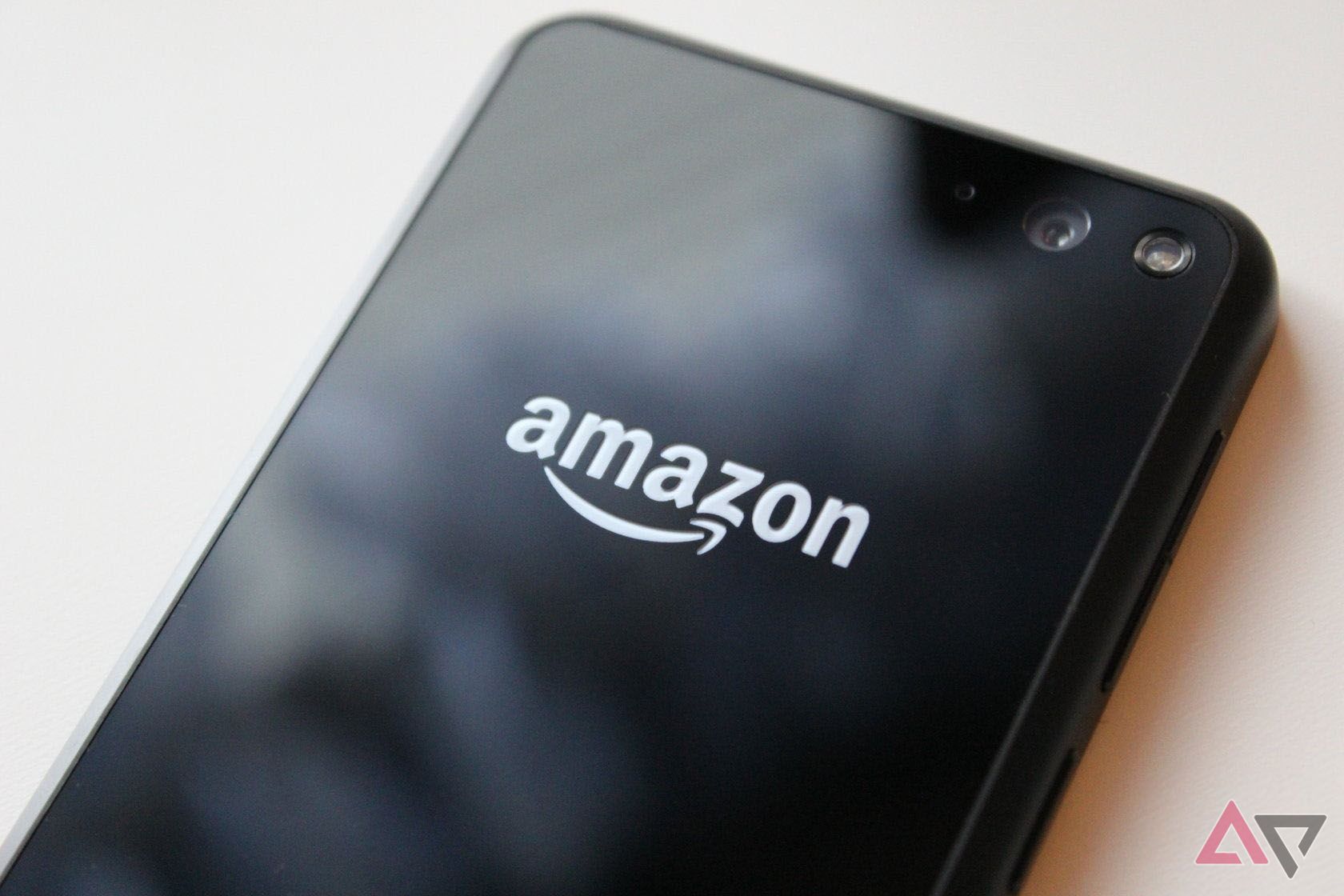After years of rumors, Amazon announced the Fire Phone on July 18, 2024, a full decade ago today. After giving Google some serious budget tablet competition with its Kindle Fire lineup — and just a few months before Kindle was dropped from the tablet series altogether — the Fire Phone’s then-high-end hardware was a little surprising. Few people expected Amazon to dive full-bore into the increasingly competitive flagship smartphone space.
Rather than Amazon’s first phone foray shaking things up, though, the once-anticipated handset remains notable today because of its monumental failure. It goes to show that, even with all the consumer data and R&D in the world, there’s no guarantee you’ll satisfy consumer demand just by throwing ideas at the wall and seeing what sticks. Let’s look back at what the Fire Phone offered, and why it was such a letdown.
The phone that existed for no reason
I rewatched the 2014 Fire Phone keynote so you don’t have to
Amazon’s first and only smartphone keynote presentation paints a telling picture almost right away. The first emotional moment, when Bezos calls for a triumphant round of applause, is when he points out that the 300-person audience is, in fact, full of Amazon customers. Then he spends 3 straight minutes talking about Amazon Prime, a service meant exclusively to sell you stuff more easily.
During the next ten minutes before Bezos finally brings up the Fire Phone, he briefly mentions some other recently successful products — not exactly out of character for even the still-developing tech keynotes of a decade ago. But rather than gush about how powerful and effective those devices were, the talk almost exclusively focuses on how market experts reacted, and how great this amazing level of success made Amazon look to industry insiders.
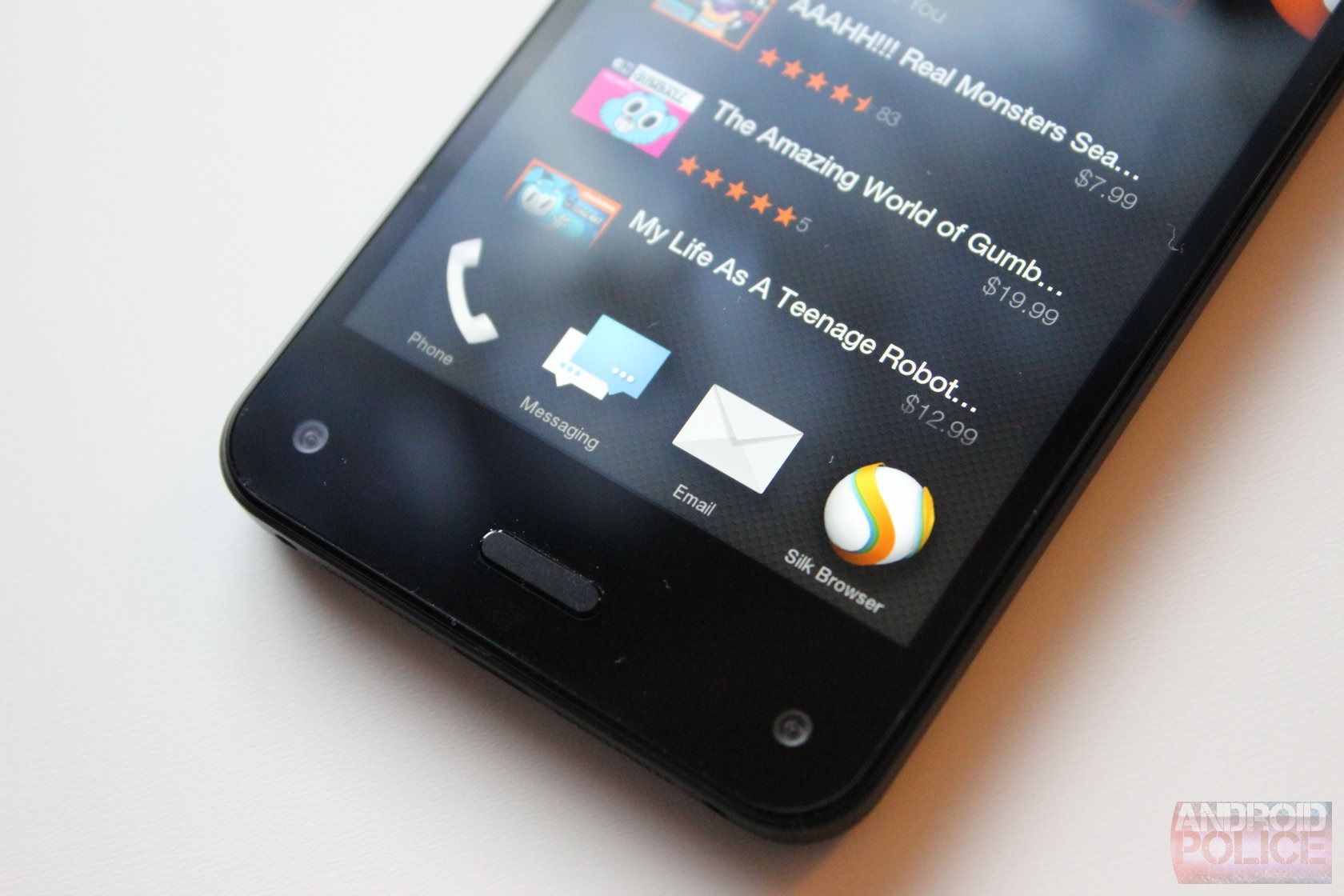
Read our review
Amazon Fire Phone review: It’s not terrible, it’s just pointless
See what AP had to say ten years ago
The former Amazon CEO does eventually get into the Fire Phone’s basic specs and novel features, although his stilted public speaking and awkward smiles don’t do him any favors. Said features include the mundane, as well as the kind that’d almost certainly be marketed as AI were they to hit the market today.
Source: Amazon
There were predictable gimmicks alongside a few promising developments, with some, like optical image stabilization, even serving as portents to today’s high-end phone photography. But the Fire Phone’s keynote speech opening offers powerful insight into why the device failed so spectacularly: In order to sell us more products, Amazon threw together all the products it had seemingly ever imagined, glued them together in one new, disjointed product, and pegged its price at the high end. Oops.
What made the Fire Phone different
It wasn’t an entirely awful phone
Bezos actually talks about training machine learning algorithms (which Amazon’s obviously still doing) roughly an hour into the Fire Phone presentation. He primarily points out how much raw data training requires, and how Amazon’s working hard to gather as much data as commercially possible. If that’s not a forward-thinking nod to today’s nigh-unstoppable flood of data harvesting, we don’t know what is.
Source: Amazon
The Fire Phone’s keynote features were, at times, legitimately interesting. Driven by eye- and head-tracking data gathered by its whopping four front-facing cameras, we’d never seen anything like the Fire Phone’s Dynamic Perspective before. Essentially a handheld, flatscreen interpretation of VR goggles, it gave the entire interface a three-dimensional character and opened up a wide set of gesture controls supposedly meant to make app use easier. But not unlike the various 3D phones we’ve seen over the years, it proved a gimmick with no major benefits, and even served to make the interface more clumsy and confusing.
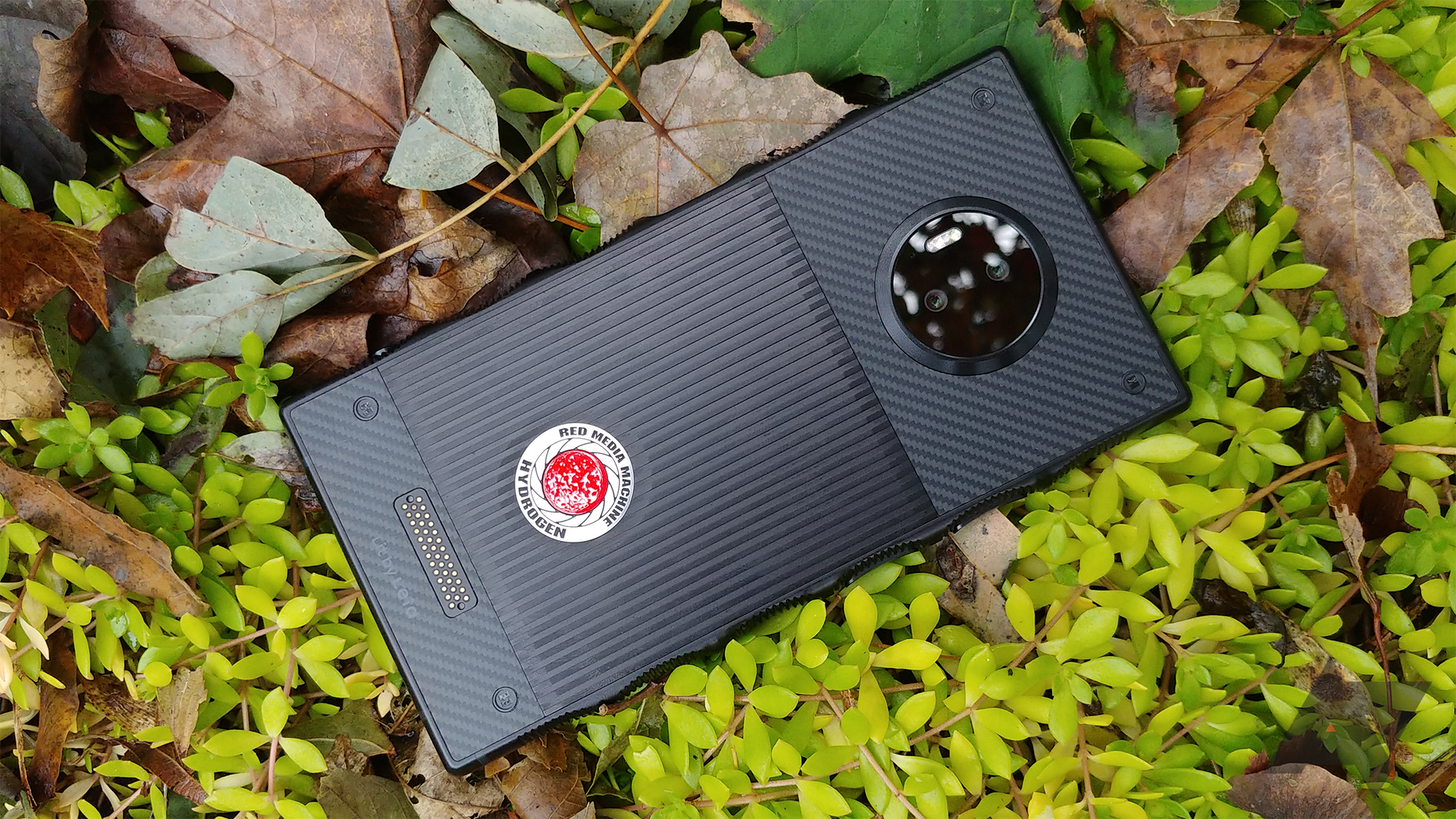
Related
RED Hydrogen One review: The best 3D phone you shouldn’t buy
The Fire Phone’s most potentially useful innovation, and the one most in line with today’s top gadgets, was a feature called Firefly. Think Google Lens crossed with Amazon’s own storefront, Firefly was designed to turn every store into an Amazon shopping center, using its camera to detect anything around you. Were it released today, Amazon would undoubtedly bash consumers over the head repeatedly with everybody’s favorite buzzword, but at the time, it was sold as a crucial shopping feature above all else.
As much as Amazon committed to training its machine learning models at the time, though, the inconsistent feature wasn’t quite ready for prime time, and mostly just served to sell people Amazon products, anyway. Plus, the Fire Phone’s failure meant nobody even got the chance to test it out.
Other than competent processing hardware and camera performance, Amazon’s Mayday service rounded out the doomed phone’s novel offerings. Dedicated Android Police readers might not have found it very helpful, but one-touch, direct access to a live customer support agent, and all the screen sharing and remote device control that allows, could certainly come in handy for less tech-savvy users. If Amazon’s only smartphone had been any good, Mayday might’ve lasted longer than just a few years, being relegated to the Fire Tablet lineup before unceremoniously ending in 2018.
Behind the Fire Phone’s epic flameout
An indefensible price, restrictive software, boring design, and deal-breaking exclusivity
The Fire Phone actually shipped with basically flagship-level hardware — from the previous year, that is. The Snapdragon 800 system-on-a-chip ran fine, and the camera took good pictures, but collectively, the performance came nowhere close to justifying the incredible $650 off-contract price. For context, that price matched both the HTC One M8 and Samsung’s Galaxy S5. After just several months, it saw regular discounts to just $160, a telling development. Nobody bought this phone.
Source: Amazon
How many copies do you think this book sold?
If you think Fire OS is in a weird spot today, it was even less user-friendly in 2014. While based on Android (at least for right now), it lacks the pervasive Google Play Services support that important uses like mobile banking require, not to mention Google apps in general. There was next to zero customizability, Amazon’s app selection stinks, and the interface isn’t particularly intuitive — a total whiff for a device category that, even a decade ago, was taking over as the main computer for millions of users.
As neat as Firefly could have been, 2014’s image recognition and large language models were abysmal compared to what we’re now familiar with. And instead of making the feature an over-arching experience booster, Firefly combined with the rest of Amazon’s heavy-handed interface design in railroading users to buy more stuff. I don’t know about you, but if I splash out on one of the year’s most expensive phones, I’m not super interested in it telling me to spend more.
Source: Amazon via YouTube
The dedicated Firefly button could’ve at least been reprogrammable.
The clunky design didn’t do Amazon any favors, either. With a massive chin and shoulder, a cheap feel in the hand, and a heavy overall weight for a phone of its size, this just didn’t feel competitive. Top-shelf devices should look and feel like their price tags, but the Fire Phone’s four front-facing cameras and sensors was anything but premium. Functionally speaking, the battery life wasn’t any good, either, though its last-gen processor kept up with day-to-day tasks just fine.
Finally, AT&T exclusivity made the Fire Phone a non-starter for many. Who wants to switch providers or sign a new, two-year contract just to avoid paying a then-eye-watering $650 for essentially last year’s top model with a subpar display?
Will Amazon release another smartphone?
We certainly hope not
Having seemingly learned its lesson, Amazon has offered zero indications of a return to smartphone development. We’d be pretty surprised if it did, given the market’s saturation and even stagnation in terms of new sales. But the retail giant doesn’t need a flagship phone market share. It owns roughly one-third of the internet’s infrastructure and has co-opted successful products and their markets for years.
It makes sense if someone’s willing to sacrifice a little versatility for a utilitarian device with basic app selection, predictable performance, and an especially low price, like Amazon’s Fire HD tablets. But 10 years ago, Amazon learned that consumers do not, in fact, want to pay the world’s biggest online retailer a considerable premium just to give it more access to their data and wallets. We don’t predict another Amazon smartphone anytime in the foreseeable future, and let’s hope we’re right.
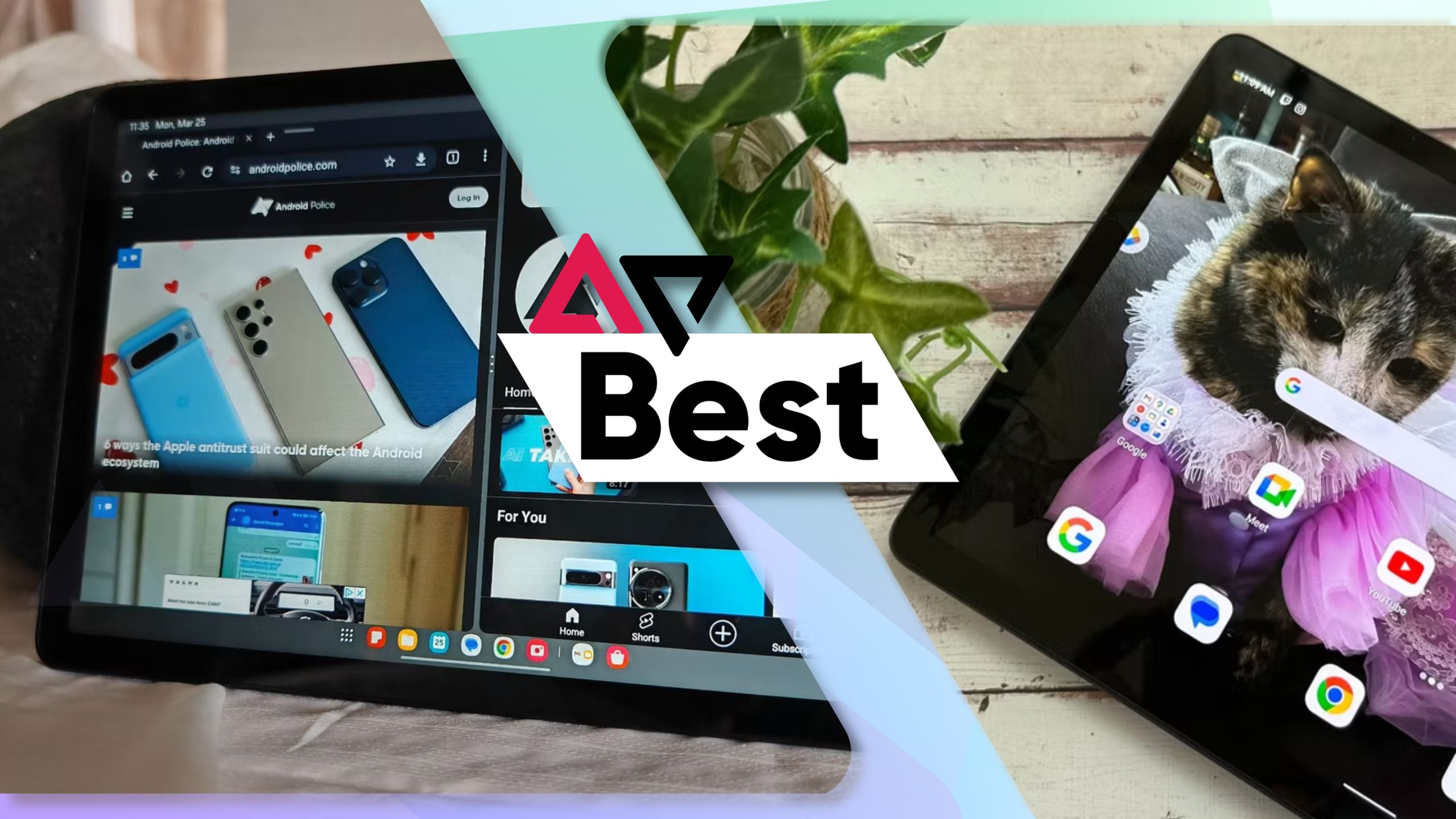
Related
Best cheap Android tablets in 2024
Versatile, affordable Android tablets great for entertainment, work, and communication
Source link

